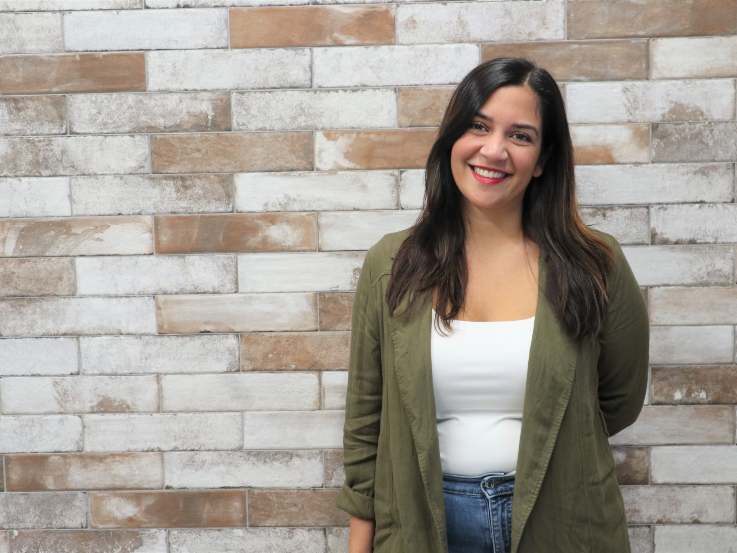Discovering innovations in youth work on the streets of New York City

Lauren Akbar is a recent graduate of Toronto Metropolitan’s MA in Child and Youth Care, and advocate for increased social innovation in the ways we work with youth in Canada.
In 2019, Akbar took part in the Office of Social Innovation’s Social Innovation for Social Justice (SI4SJ) program, where students travelled to New York City to document, narrate, and showcase innovations in the social sector.
Interview with Lauren Akbar
How do you define social innovation (SI)?
My definition of SI is considering unique or new ways of doing things that could potentially benefit people and the world that we’re living in.
What sparked your interest in social innovation?
I’ve been a child and youth care (CYC) practitioner for the last nine years and I have always been interested in SI because I think it really relates to youth work and working with young people. I’m always trying to find new ways to communicate, interact, and connect with young people. That’s also how I became interested in the Social Justice for Social Innovation (SI4SJ) program.
How did you get started with the SI4SJ Program?
The SI4SJ program was bringing together the two things I was interested in most: innovation and justice for the social sector. I loved the idea of international work and learning how we can bring these new and innovative practices back to Toronto and our own communities. I also found it interesting that there were students from various programs involved in the project.
Can you tell us a bit more about your role in SI4SJ?
At the beginning of the project, I was researching some of the micro and macro-social issues that exist in New York City, and expanding on the need for some of these organizations in their communities. When we went on the trip my role evolved into getting to know the organizations and teams we were working with, sometimes through interviews like this.
Did you discover anything new about your own work in CYC either in the preliminary research stages or in the on-the-ground interviews in New York City?
There is an anti-gun violence program called B.R.A.G (external link) (Bronx Rises Against Gun Violence). They work on the streets of their communities, spreading messages of peace and anti-gun violence, trying to connect with people who might be facing gun violence in their communities.
One quote that has stuck with me was from a man at the organization who said “I used to burn these streets down, and now I’m trying to build them up.” After that, it just really hit me how youth work can be translated in so many different forms and ways. That quote speaks clearly to the fact that they wanted to see a change in their community and themselves, and are doing everything that they can to do that. Having that experience through SI4SJ has transformed my perspective on youth work.
How did working on the SI4SJ project help you in further developing your own projects and ideas for SI?
There aren't a lot of job postings for child and youth care students, so I think that a lot of the work I do in the future will have to be innovative and self-created. SI4SJ has really launched my confidence in doing things ‘outside the box’.
One quote that has stuck with me was from a man at the organization who said “I used to burn these streets down, and now I’m trying to build them up.” After that, it just really hit me how youth work can be translated in so many different forms and ways.
What advice would you give to a student at Toronto Metropolitan looking to take on their own social innovation/ social justice project?
I would give them the same advice that Kiaras Gharabaghi, director and professor in the School of Child and Youth Care and Melanie Panitch, executive director, OSI gave everyone involved in SI4SJ. This was to be open to new things and to realize that we are “building the ship as we sail it,” meaning that things that are socially innovative take time, and you really don’t know how they are going to turn out. Often times they turn out differently than how you intended or expected them to, and accepting that this is part of the beauty of SI and your own learning process.
What’s next for you and your work?
Right now I’m doing consulting work in resource development and helping organizations make their resources more inclusive, accessible, and equitable for Indigenous youth, which I’m doing in partnership with the Indigenous community.